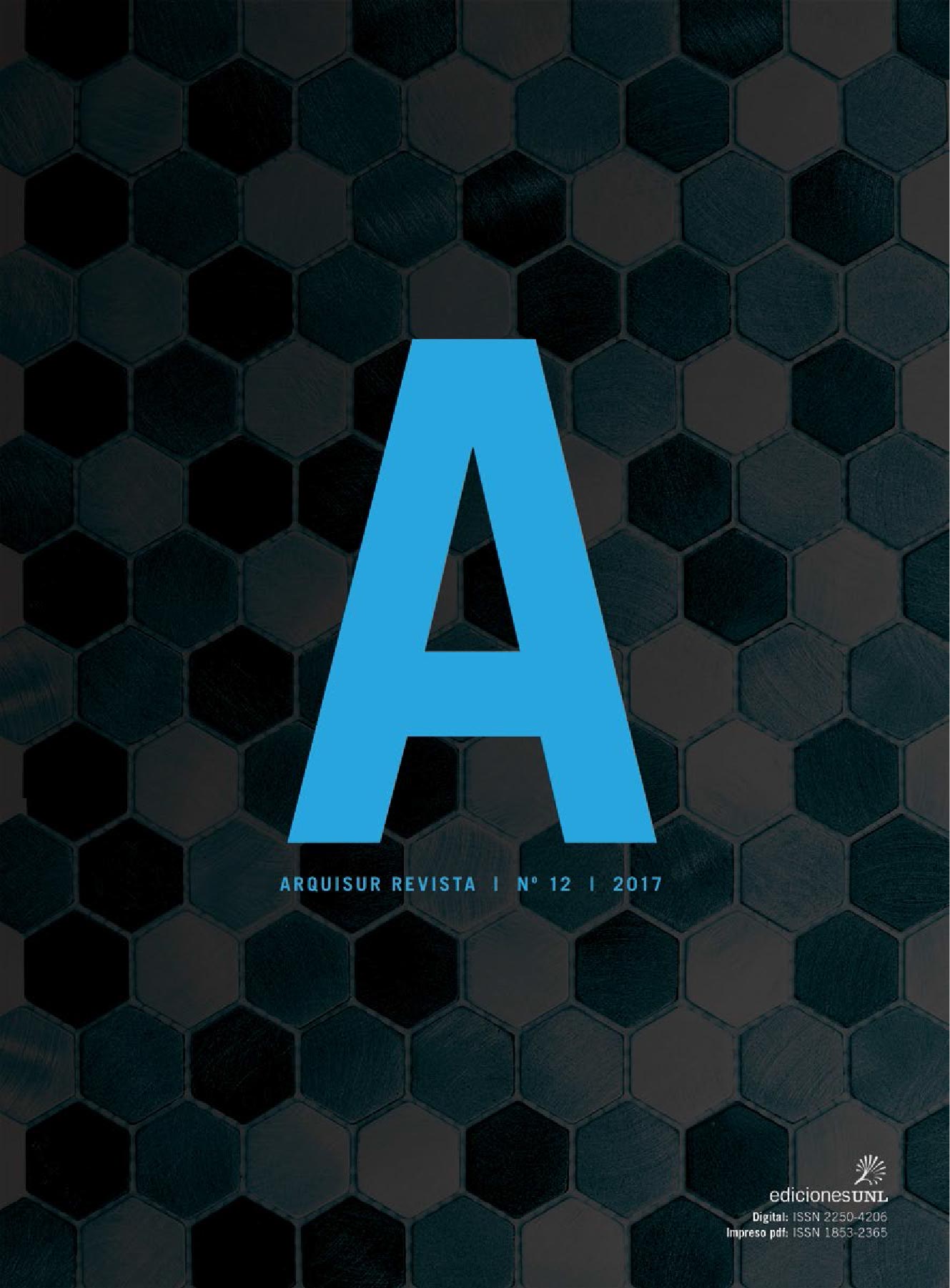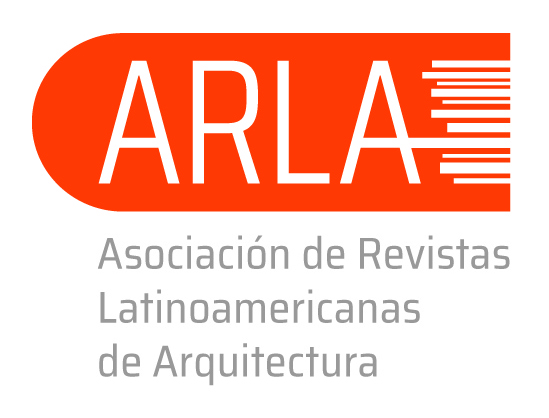Analysis of population habits as a tool for the planning of public green spaces
Metropolitan Area case of Mendoza
DOI:
https://doi.org/10.14409/ar.v7i12.6776Keywords:
open spaces; social behaviour; influence zone; urban planificationAbstract
In cities nowadays the presence or absence of green spaces for recreation influences the quality of life of residents and the sustainability of it. Numerous studies describe the social, economic, and environmental benefits that recreational areas produce, emphasizing on the importance of their use for the health of city
inhabitants. Despite the extensive amount of literature available, it is hard to find unanimity regarding the radii of influence of the different types of recreational public spaces.
This study aims to analyze and understand the habits of the inhabitants of the Metropolitan Area of Mendoza (MAM) to determine if the city has enough green spaces and if their distribution satisfies the needs of all its citizens.
Published
How to Cite
Issue
Section
License
ACCESO ABIERTO
ARQUISUR Revista es una publicación de acceso abierto y sin ánimo de lucro. No se imputan cargos por la recepción, revisión, evaluación, publicación ni acceso a sus contenidos. Se distribuye bajo una Licencia Creative Commons CC Atribución-NoComercial-SinDerivadas 4.0 Internacional (CC BY-NC-ND 4.0): No se permite un uso comercial de la obra original ni la generación de obras derivadas. Esta licencia no es una licencia libre, y es la más cercana al derecho de autor tradicional.
DESCARGO
Los criterios expuestos en los artículos son de exclusiva responsabilidad de sus autores y no reflejan necesariamente la opinión del Comité Editorial ni de la Dirección Editorial Técnica. Los derechos de los artículos publicados pertenecen a sus autores o editoriales. Los autores ceden sus derechos de publicación al Centro de Ediciones de la Universidad Nacional del Litoral de Santa Fe, Argentina.













